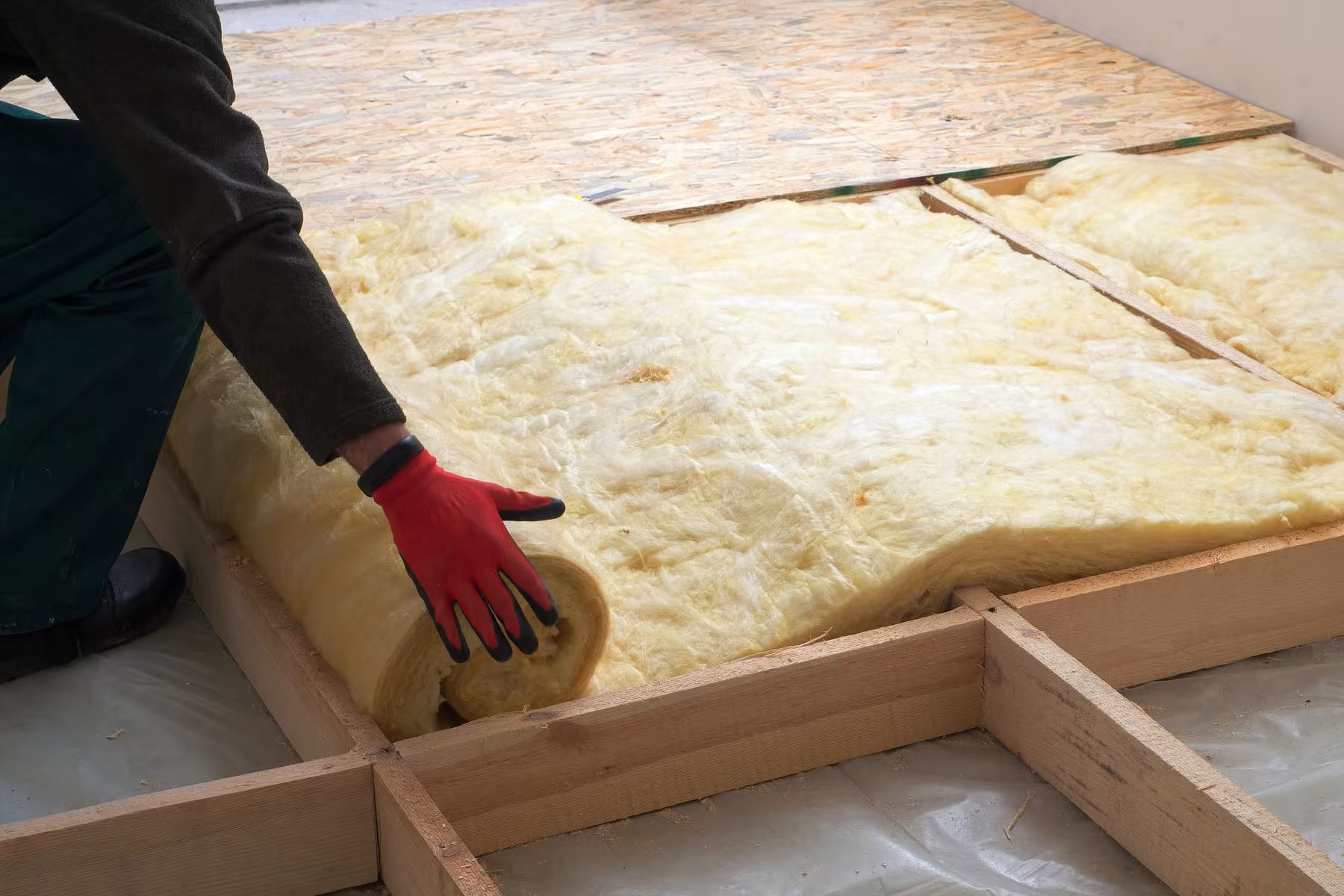

Articles
How Many Batts Are In A Bag Of Insulation
Modified: December 7, 2023
Discover the answer to the question "How many batts are in a bag of insulation?" in this informative article. Learn all about insulation quantities and more.
(Many of the links in this article redirect to a specific reviewed product. Your purchase of these products through affiliate links helps to generate commission for Storables.com, at no extra cost. Learn more)
Introduction
Insulation is a crucial component in maintaining comfortable indoor temperatures and reducing energy consumption in both residential and commercial buildings. One popular type of insulation is insulation batts, which are pre-cut rectangular pieces made of different materials such as fiberglass, rock wool, or cellulose.
In order to properly insulate a space, it is essential to determine the quantity of insulation batts needed. This information allows homeowners, contractors, or builders to estimate the number of insulation batts required for a project and ensure adequate coverage.
In this article, we will delve into the world of insulation batts, exploring how to determine the number of batts in a bag. We will also discuss the factors that can affect this quantity. Understanding these factors will help you make informed decisions when purchasing insulation batts and ensure you have enough on hand to complete your insulation project.
Key Takeaways:
- Understanding the dimensions and coverage area of insulation batts is crucial for calculating the quantity needed. Consider factors like thickness, stud spacing, and installation technique to ensure an accurate estimation.
- When determining the number of batts in a bag, always purchase slightly more than needed to account for errors, wastage, and additional coverage. Proper insulation is essential for comfort and energy efficiency.
Read more: What Is A Batt Of Insulation
Understanding Insulation Batts
Insulation batts are specifically designed to fit snugly between wall studs, ceiling joists, or floor joists, creating a thermal barrier that prevents the transfer of heat and cold. They are available in various sizes and thicknesses to accommodate different spaces and insulation requirements.
One of the most common types of insulation batts is made from fiberglass. These batts are composed of tiny glass fibers bound together with a resin. Fiberglass batts are known for their excellent thermal and acoustic properties, making them a popular choice for residential and commercial insulation projects. Other types of insulation batts include rock wool, which is made from minerals, and cellulose, which is made from recycled paper or plant fibers.
Insulation batts are typically packaged in rectangular bags for easy transport and handling. The bags can vary in size and weight, depending on the manufacturer and the specific type of insulation material. Understanding the quantity of insulation batts in a bag is crucial to ensure you purchase the right amount for your needs.
To determine the number of batts in a bag, you need to consider the dimensions of the batts and the size of the bag. Typically, insulation batts have standardized dimensions, such as 16 inches wide and 48 inches long. However, the thickness can vary, with common options including 3.5 inches and 6 inches.
It is important to note that the thickness of the insulation batts will affect the coverage area and the number of batts needed. Thicker batts provide better insulation performance but require more space for installation. Therefore, it is essential to choose the appropriate thickness based on the insulation requirements of your project.
Next, let’s explore how to determine the quantity of insulation batts in a bag.
Determining the Quantity of Batts in a Bag
Calculating the quantity of insulation batts in a bag involves determining the coverage area of each batt and then dividing the total area by the coverage area of a single batt. The coverage area is usually provided by the manufacturer and can be found on the packaging or product specifications.
First, measure the length and width of a single batt. Multiply these dimensions to calculate the coverage area. For example, if a batt measures 16 inches wide and 48 inches long, the coverage area would be 768 square inches.
Next, refer to the packaging or product specifications to find the coverage area of a single batt. It is important to note that there may be slight variations in coverage area depending on the manufacturer or the specific type of insulation material.
Once you have determined the coverage area of a single batt, divide the total coverage area required for your project by the coverage area of a single batt. For instance, if your project requires a total coverage area of 2,400 square feet and the coverage area of a single batt is 24 square feet, you would need a total of 100 insulation batts (2,400 divided by 24) to complete the project.
Keep in mind that it is always a good idea to purchase slightly more insulation batts than you think you will need. This allows for any mistakes, cut-offs, or additional coverage in areas that require extra insulation.
Now that we understand how to determine the quantity of batts in a bag, let’s explore the factors that can affect this number.
When calculating how many batts are in a bag of insulation, divide the total area the bag covers by the area each batt can cover. This will give you the approximate number of batts in the bag.
Factors Affecting the Number of Batts in a Bag
Several factors can affect the number of insulation batts in a bag, aside from the coverage area of each batt. It is important to take these factors into consideration to ensure you purchase the correct quantity of insulation batts for your project.
1. Thickness: The thickness of the insulation batts can vary, and thicker batts generally provide higher insulation performance. However, thicker batts take up more space, so they may cover a smaller area compared to thinner batts. Consider the desired level of insulation and the available space when choosing the thickness of the batts.
2. Stud Spacing: The distance between wall studs or joists can affect the number of batts needed. Standard spacing is typically 16 inches or 24 inches. If the spacing is wider or narrower, you may need to adjust the number of batts accordingly.
3. Installation Technique: The method of installation can impact the quantity of batts required. If the batts are installed with gaps or are compressed too much, it can affect the overall coverage area. Ensure proper installation techniques are followed to maximize the effectiveness of the insulation.
4. Cutting and Waste: Depending on the layout of the area being insulated, there may be cuts and waste involved. Extra batts may be needed to accommodate for irregular shapes or corners. It is wise to factor in some additional batts to account for any cutting or waste during the installation process.
5. Accessibility: If certain areas of the space being insulated are difficult to access, such as narrow spaces or high ceilings, it may require more batts to adequately cover those areas. Consider the accessibility of the space when determining the quantity of batts needed.
By considering these factors, you can accurately estimate the number of insulation batts required for your project. It is always better to err on the side of caution and purchase a slightly higher quantity to ensure full coverage and effective insulation.
Let’s conclude our discussion with a recap of the main points.
Conclusion
Insulation batts are an essential component of any insulation project, providing thermal comfort and energy efficiency. Determining the quantity of batts in a bag is crucial to ensure you have enough insulation material to complete your project effectively.
Understanding the dimensions and coverage area of each insulation batt is the first step in calculating the quantity needed. By dividing the total coverage area required by the coverage area of a single batt, you can determine the number of batts needed.
However, it is important to consider several factors that can affect the number of batts in a bag. The thickness of the batts, stud spacing, installation technique, cutting and waste, and accessibility are all factors that can influence the quantity of batts required. Taking these factors into account will help you make a more accurate estimation and avoid any shortage of insulation material.
It is always a good practice to purchase slightly more insulation batts than you think you will need. This allows for any errors, wastage, or additional coverage required in specific areas.
Remember, proper insulation is essential for maintaining comfortable indoor temperatures, reducing energy consumption, and lowering utility costs. By taking the time to accurately calculate the quantity of batts needed and carefully considering the factors that can affect this number, you can ensure a successful insulation project and enjoy the benefits of a well-insulated space.
Now that you are equipped with the knowledge to determine the quantity of batts in a bag, you can confidently embark on your insulation project and create a more comfortable and energy-efficient living or working environment.
Frequently Asked Questions about How Many Batts Are In A Bag Of Insulation
Was this page helpful?
At Storables.com, we guarantee accurate and reliable information. Our content, validated by Expert Board Contributors, is crafted following stringent Editorial Policies. We're committed to providing you with well-researched, expert-backed insights for all your informational needs.
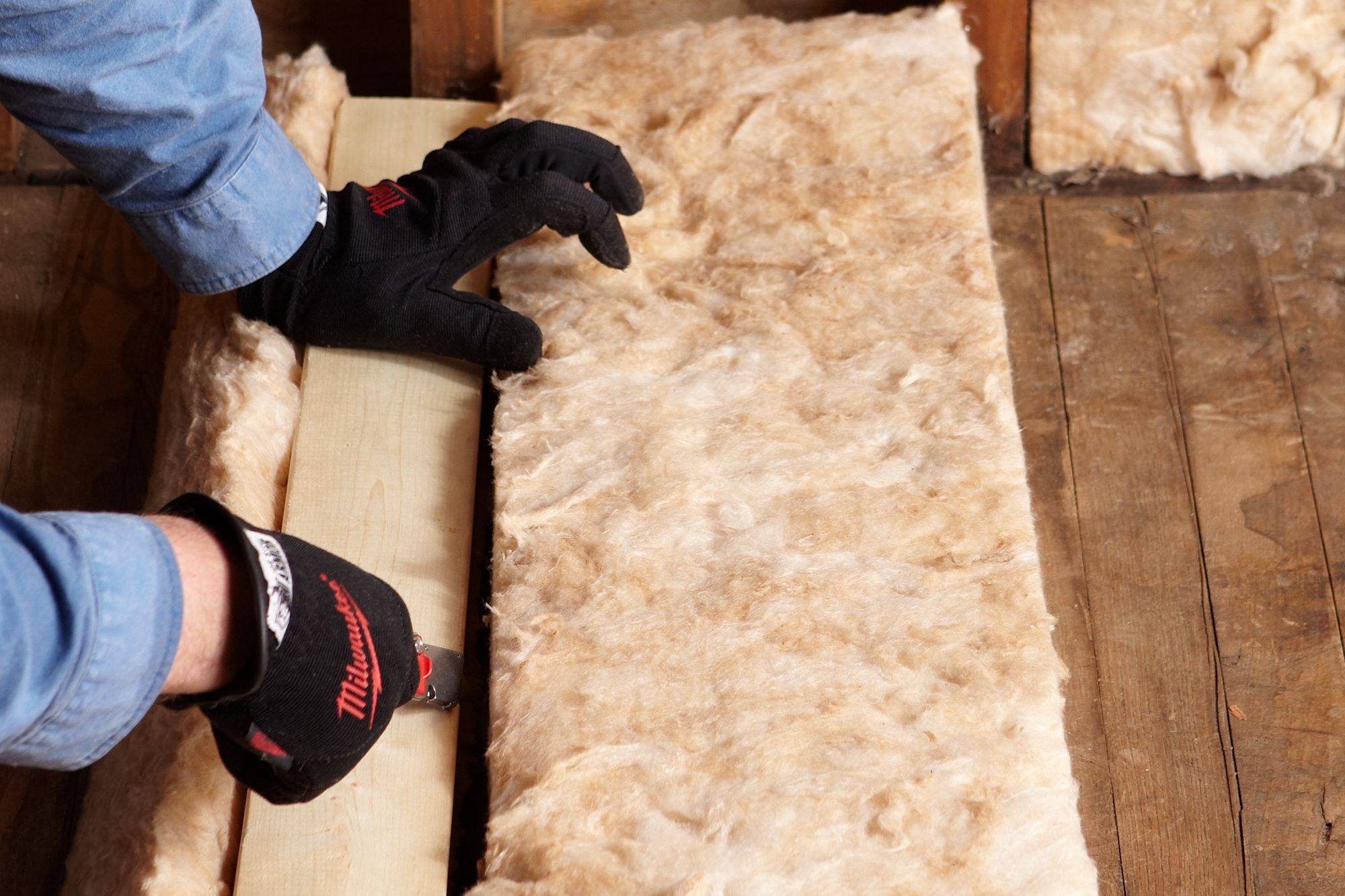
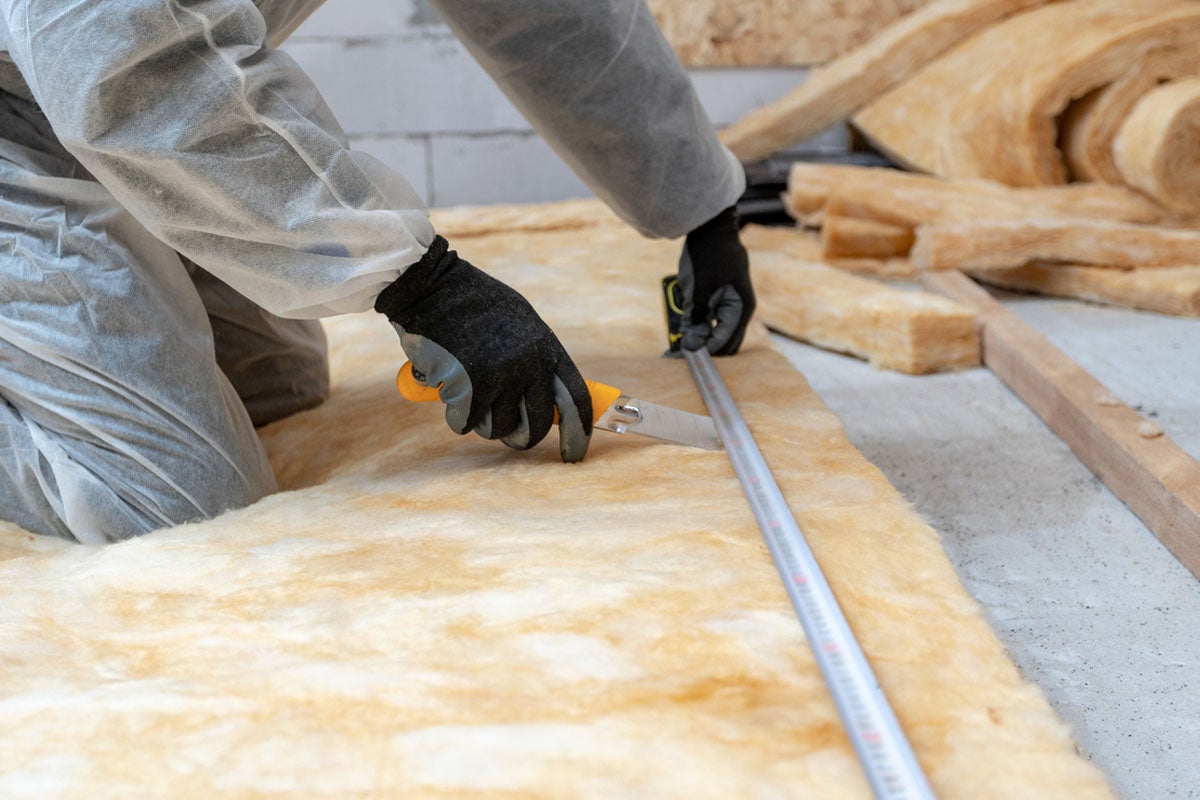
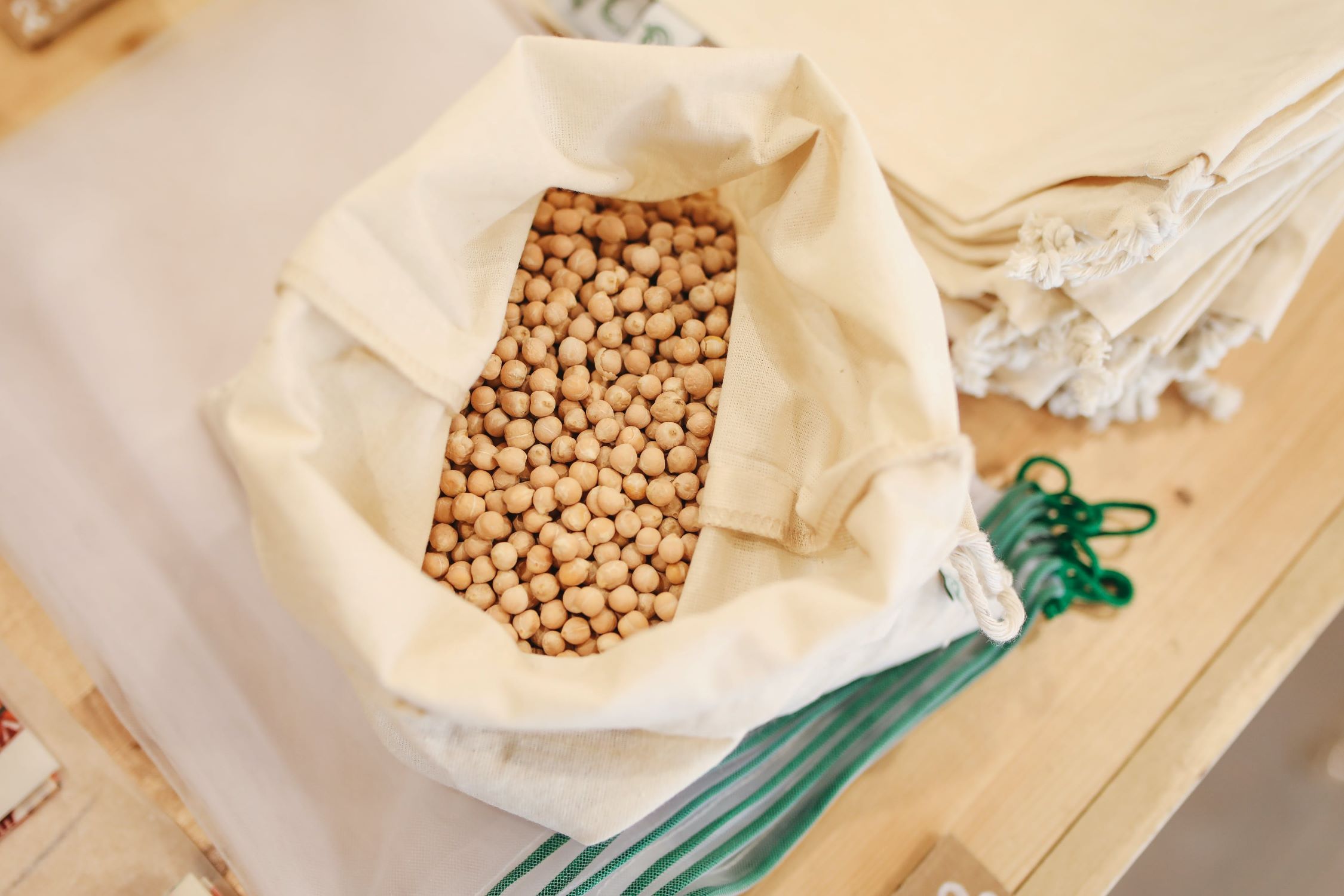
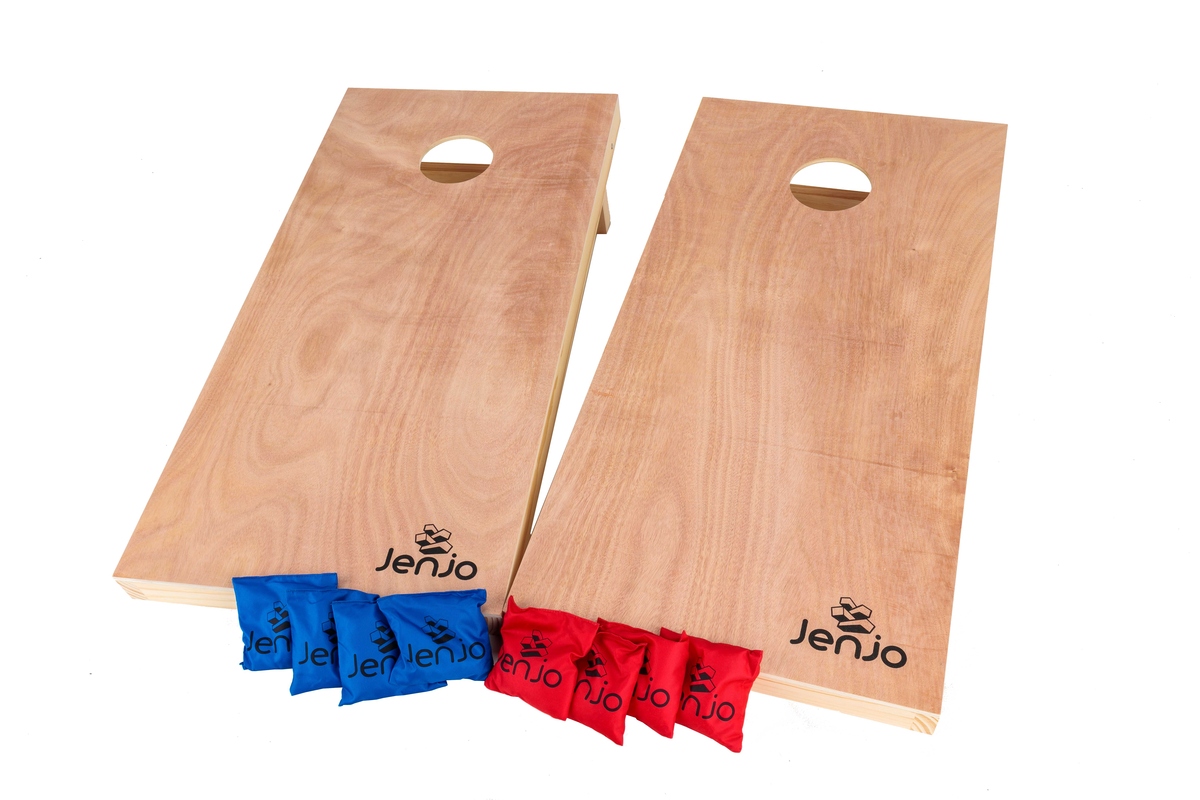
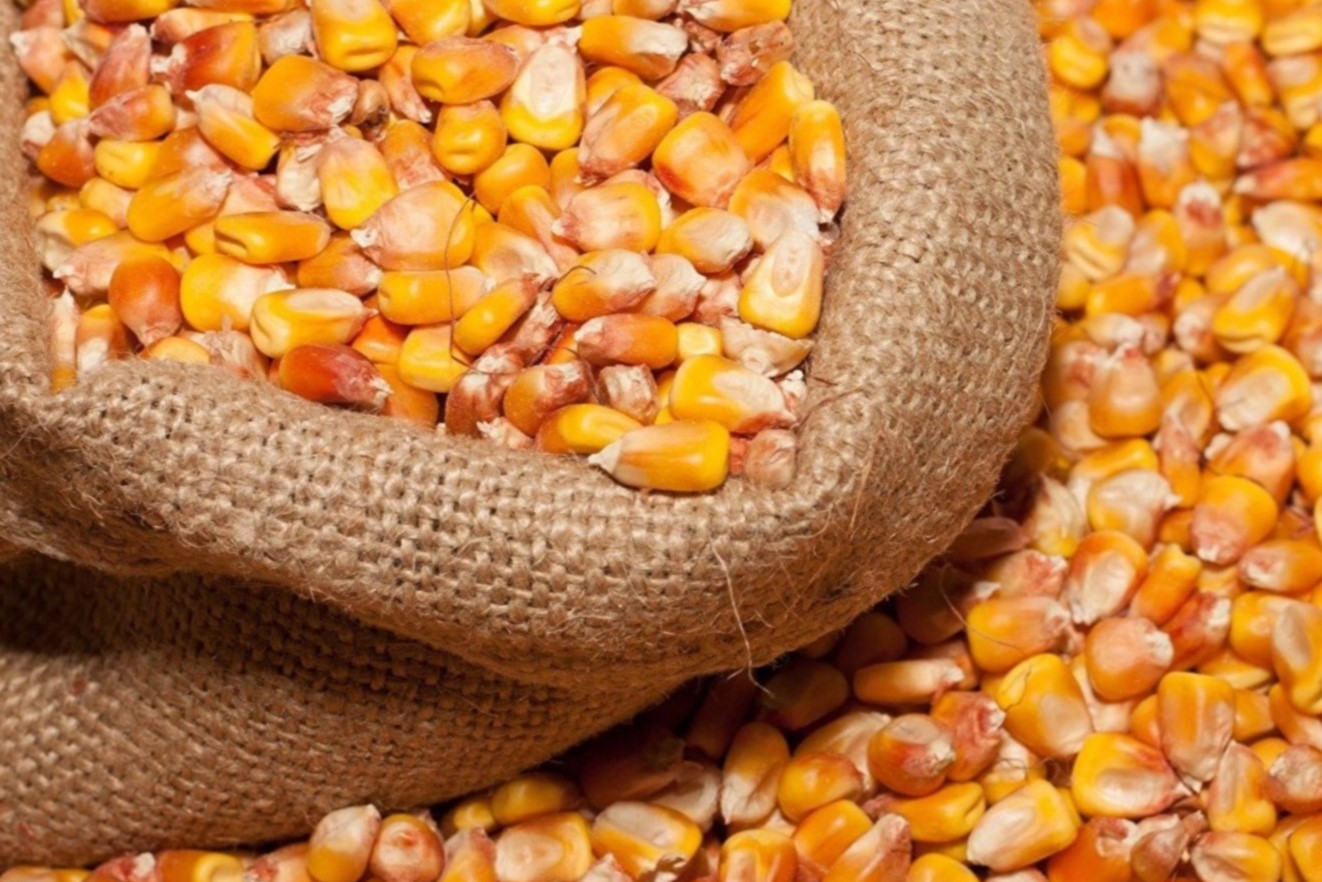

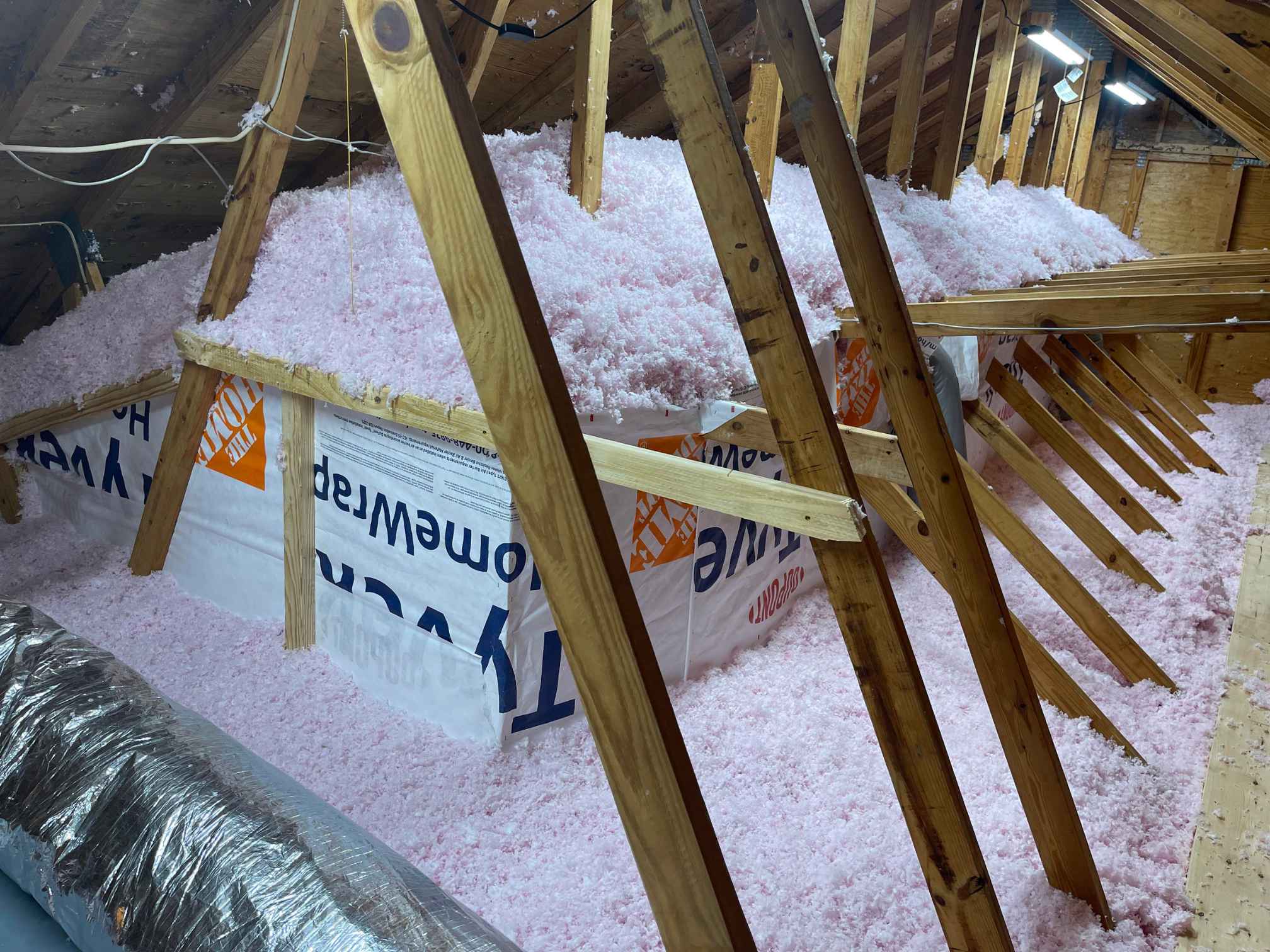
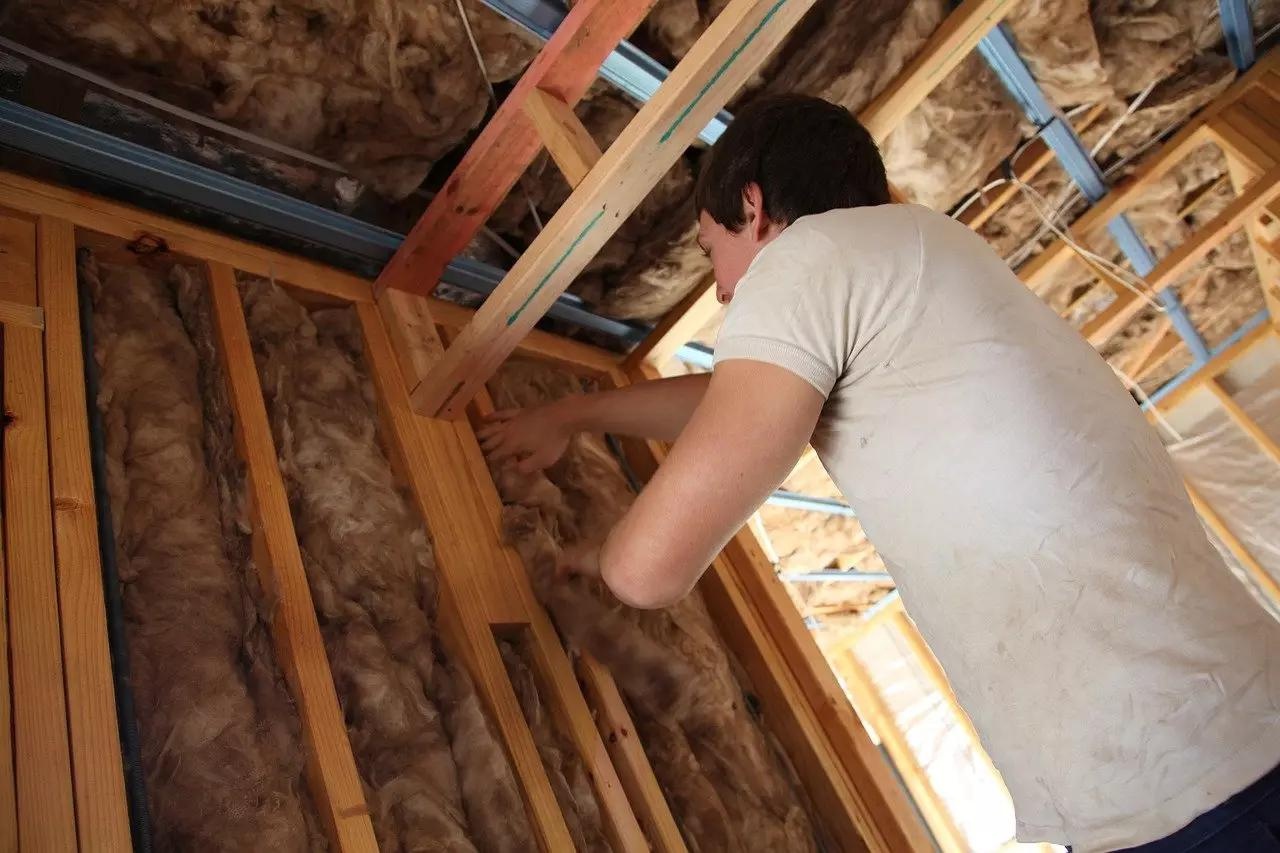
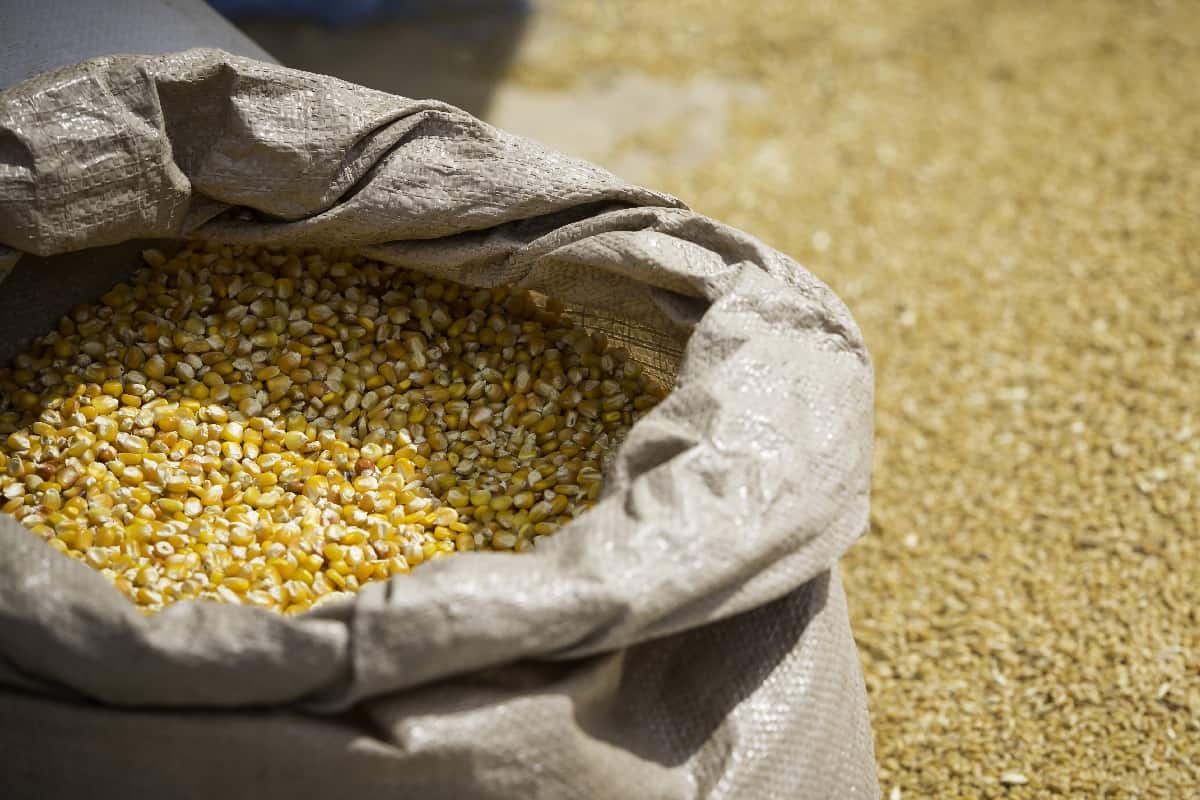
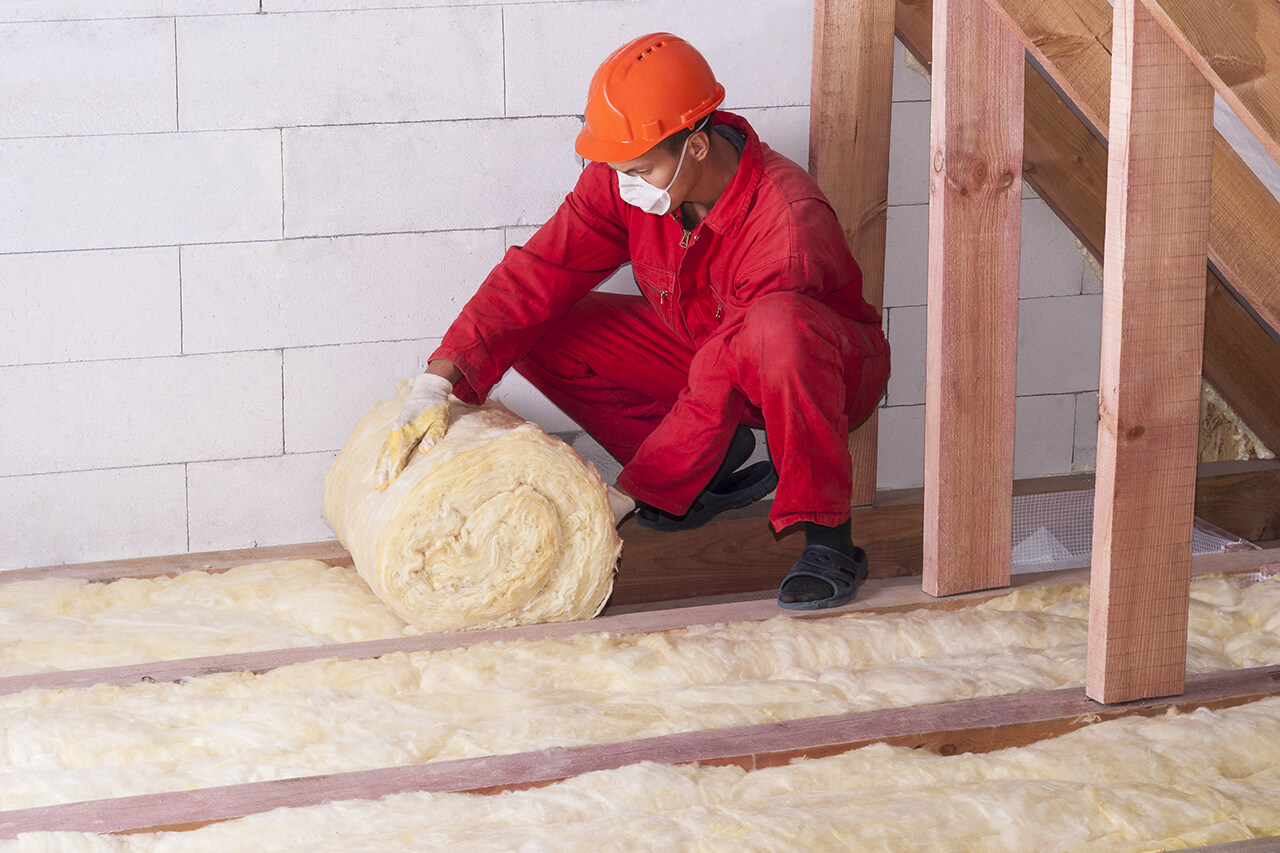


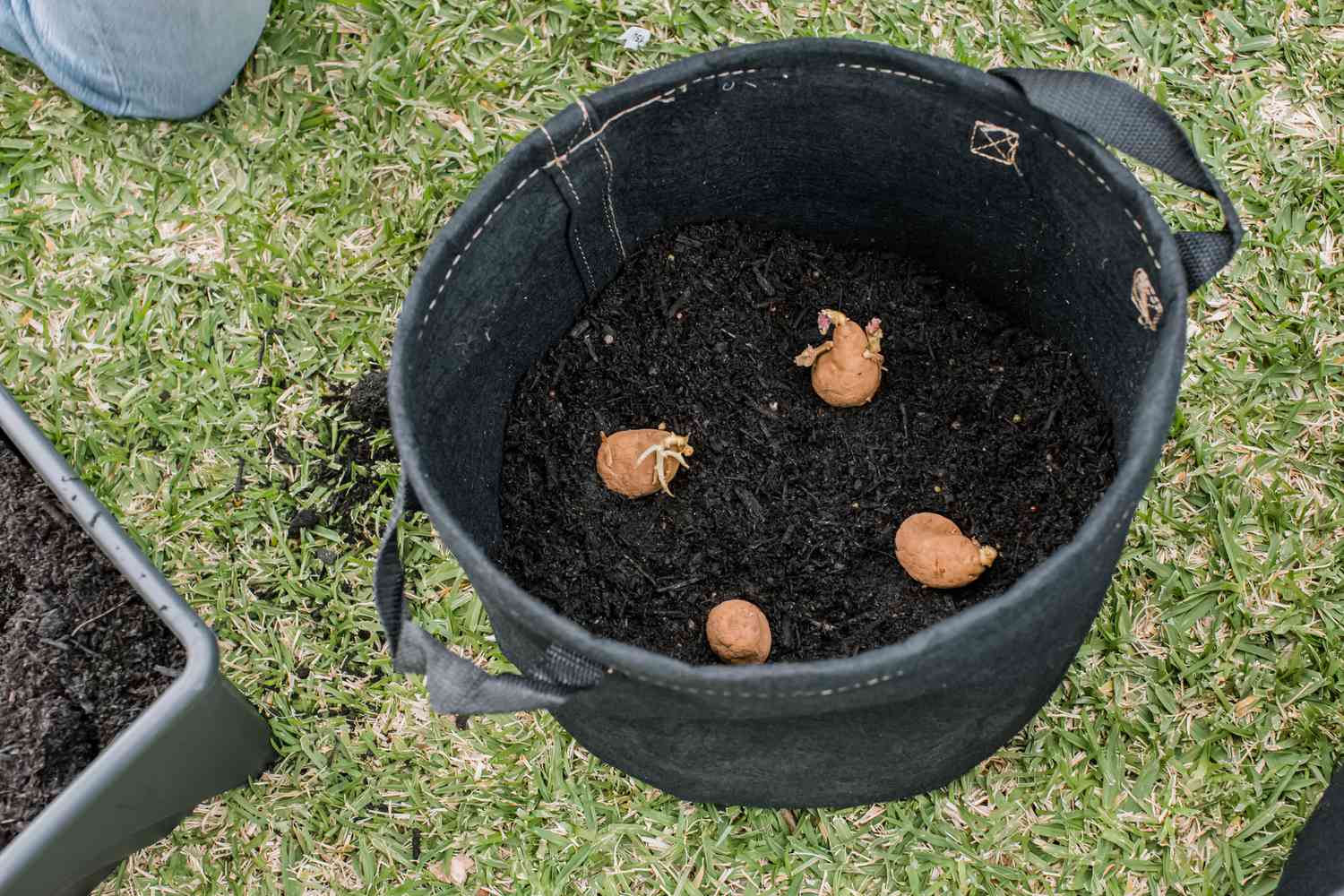
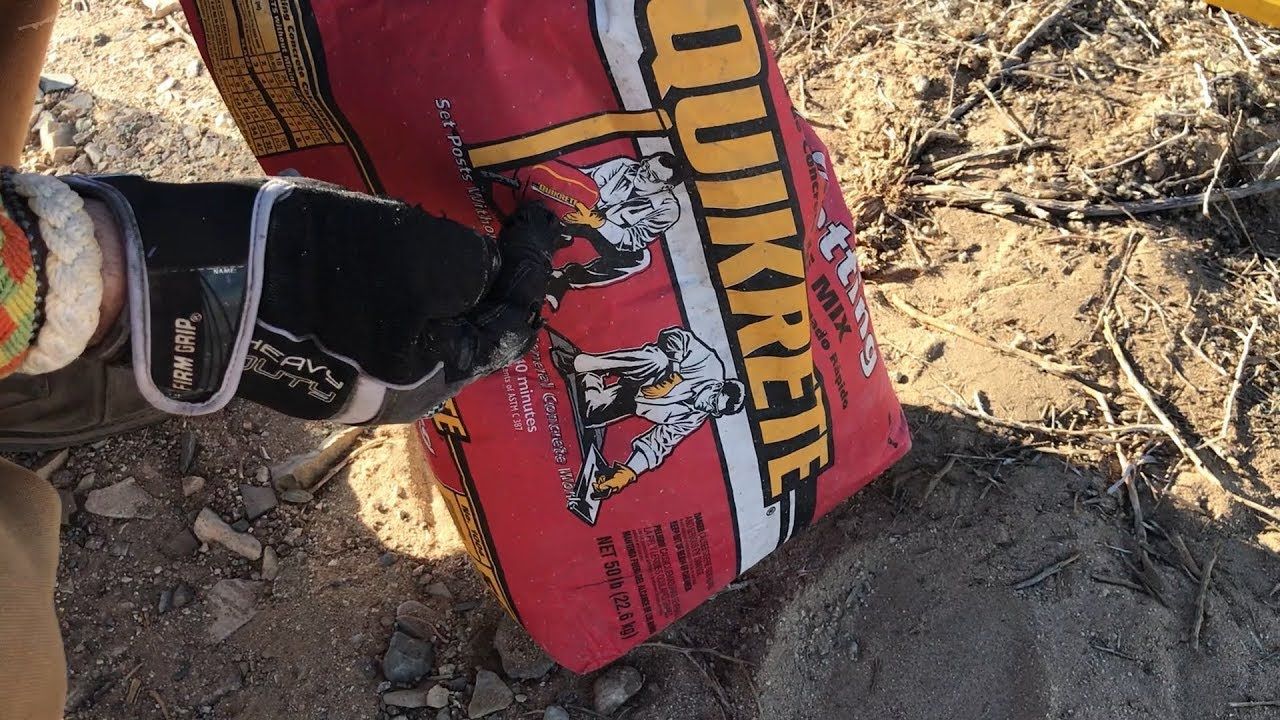
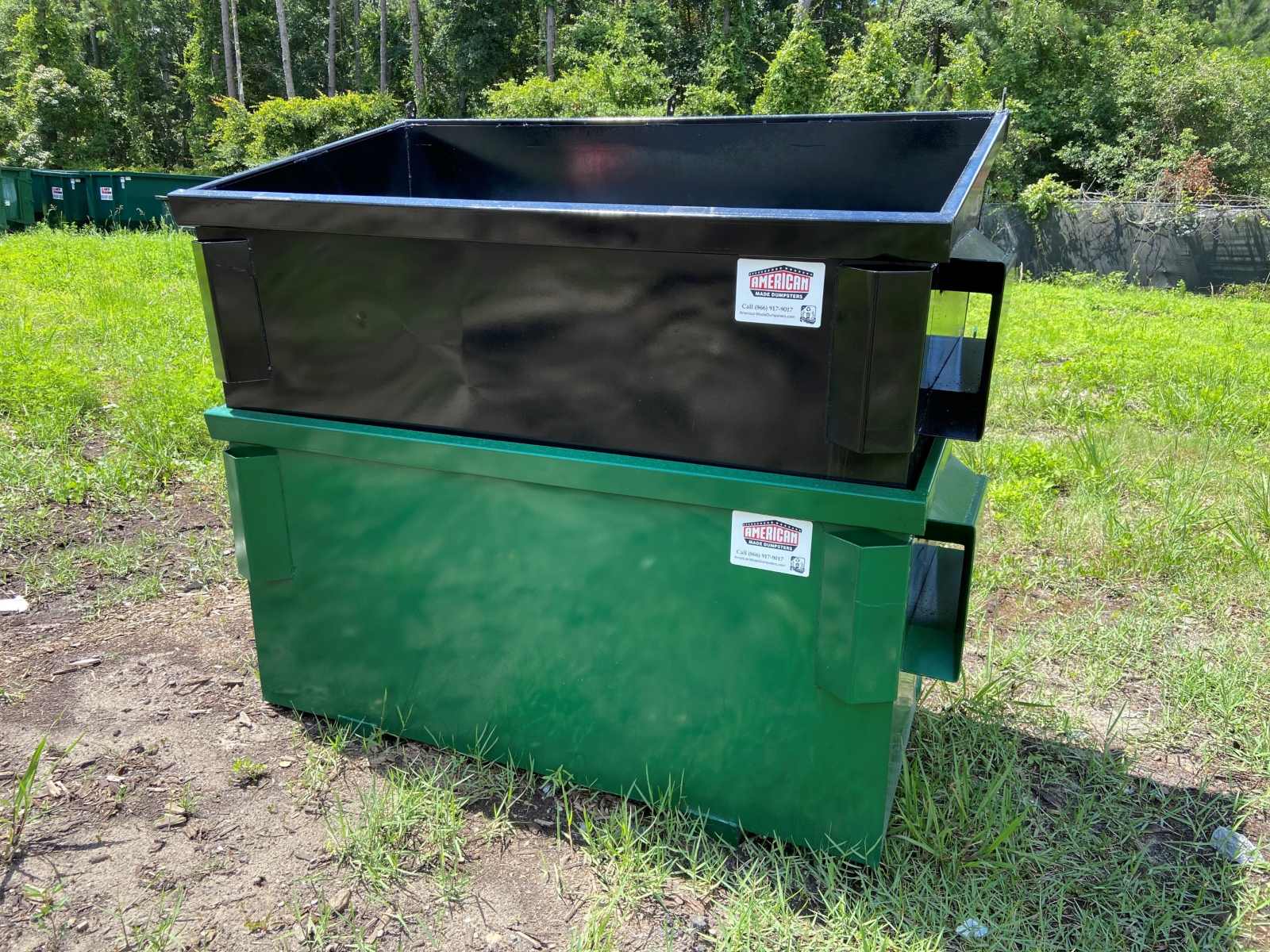

0 thoughts on “How Many Batts Are In A Bag Of Insulation”